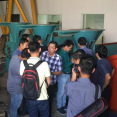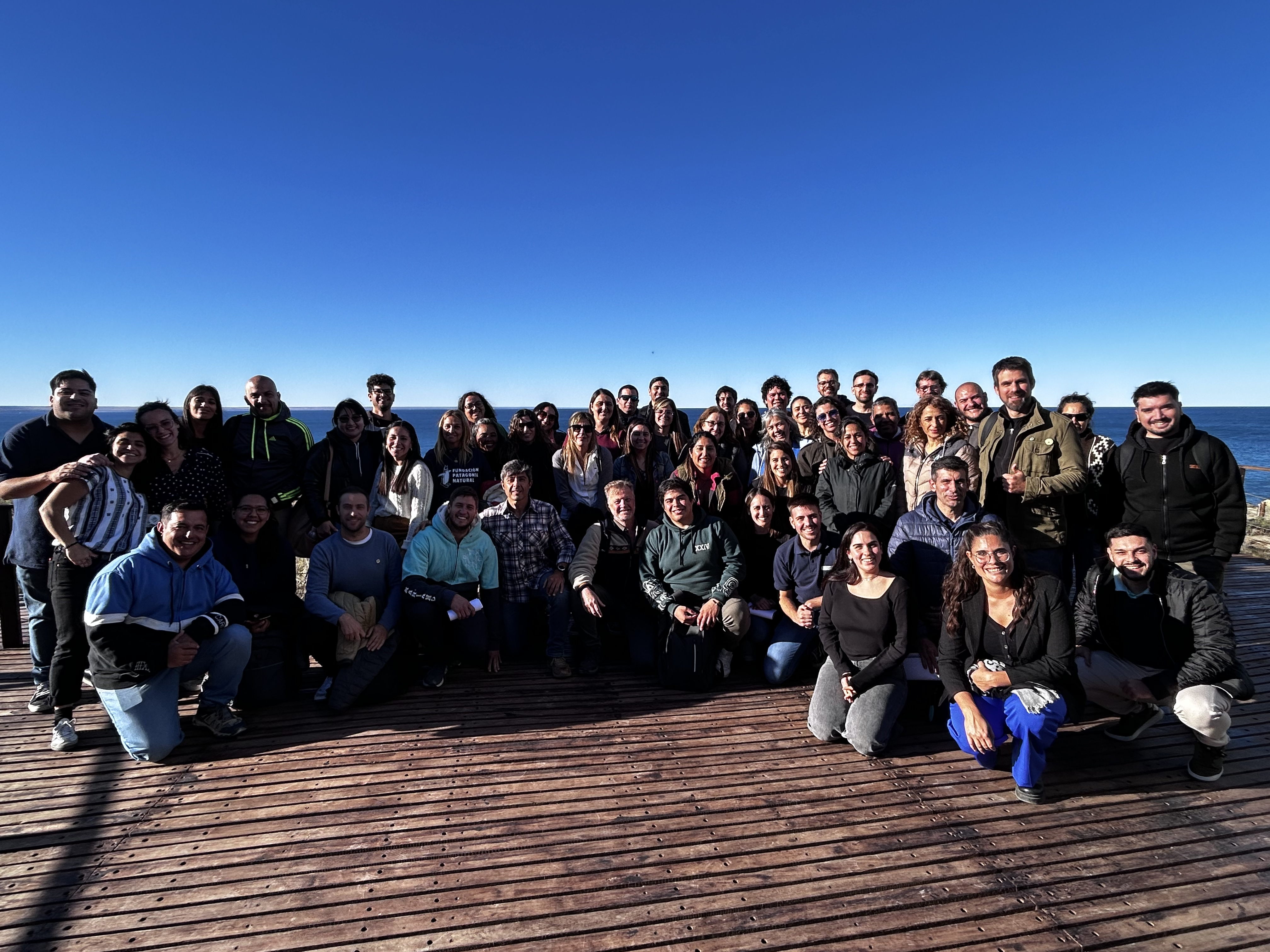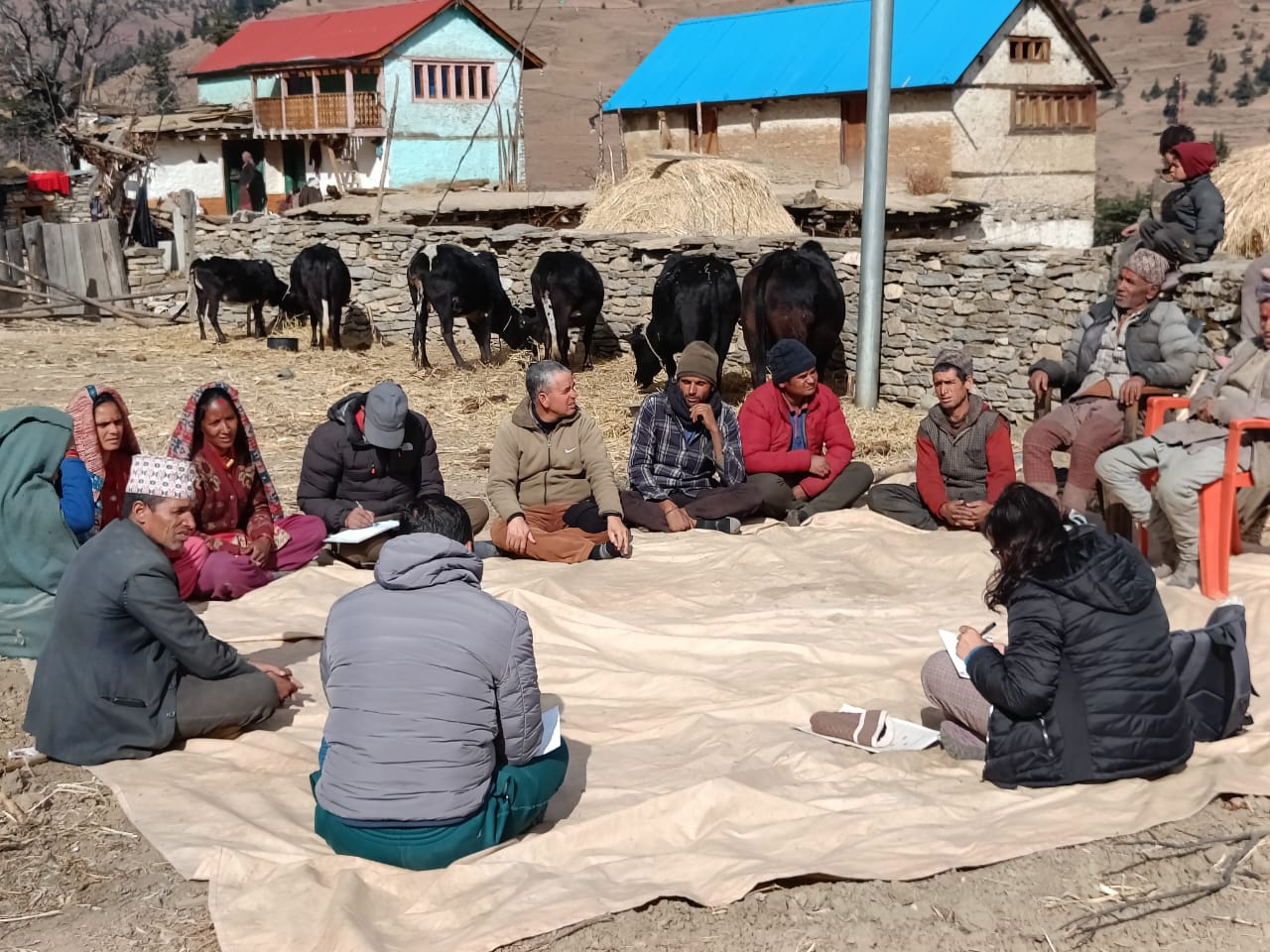More than 45 teachers from 15 schools in Chubut Province, Argentina, participated in the first training to launch our newest capacity building partnership: the YouthEnergy project.
Energy Switch In The Cambodian Garment Industry
Our recent cooperation with GERES aims to demonstrate the potential for using rice husks as an alternative energy source for the garment industry in Cambodia. Find out about the progress they have made here.
The Cambodian garment sector’s total consumption of firewood is estimated to be about 302,000 tonnes per year. Currently, most of the wood comes from Economic Land Concessions clearing, which has rendered the price of wood artificially low.
One promising alternative could be the use of rice husk briquettes, as Cambodia produces around 1.5 million tonnes of rice husk each year. In Vietnam, for instance, rice husk is already widely used as an alternative fuel source.
 In order to select participants for the exchange activities who would most benefit from a study tour to Vietnam, GERES identified and mapped 33 of H&M’s suppliers in Cambodia. Following the mapping, GERES contacted large rice mills established near to the selected garment factories. Eventually, more than 20 rice millers, with an average annual rice husk production ranging from 3,000 tonnes to 50,000 tonnes, were identified. After an introduction to the project, they were interviewed about their activity, their use of rice husk and their potential interest in rice husk briquetting.
In order to select participants for the exchange activities who would most benefit from a study tour to Vietnam, GERES identified and mapped 33 of H&M’s suppliers in Cambodia. Following the mapping, GERES contacted large rice mills established near to the selected garment factories. Eventually, more than 20 rice millers, with an average annual rice husk production ranging from 3,000 tonnes to 50,000 tonnes, were identified. After an introduction to the project, they were interviewed about their activity, their use of rice husk and their potential interest in rice husk briquetting.
This mapping led to the development of a database listing H&M garment suppliers by average firewood consumption (based on data collected by H&M in 2017) and rice millers by average production capacity. Of the 20 rice millers identified, GERES selected 10 to participate in a study tour to Vietnam to visit rice husk briquetting machine suppliers and rice husk briquette producers.
The study tour took place in September 2018 in Ho Chi Minh City and the Mekong Delta Area. As well as getting to know different suppliers, the activities enabled the Cambodian rice millers to learn more about rice husk briquette production, its potential benefits and the necessary steps to take to implement the technology back home.
Next steps include a video of the study tour and other communication materials, as well as a study tour for representatives from the garment factories.
More general information on this SEPS exchange activity: Supporting the Energy Switch of the Garment Industry in Cambodia through Increased South-South Knowledge Exchange among the Value Chain Stakeholders


